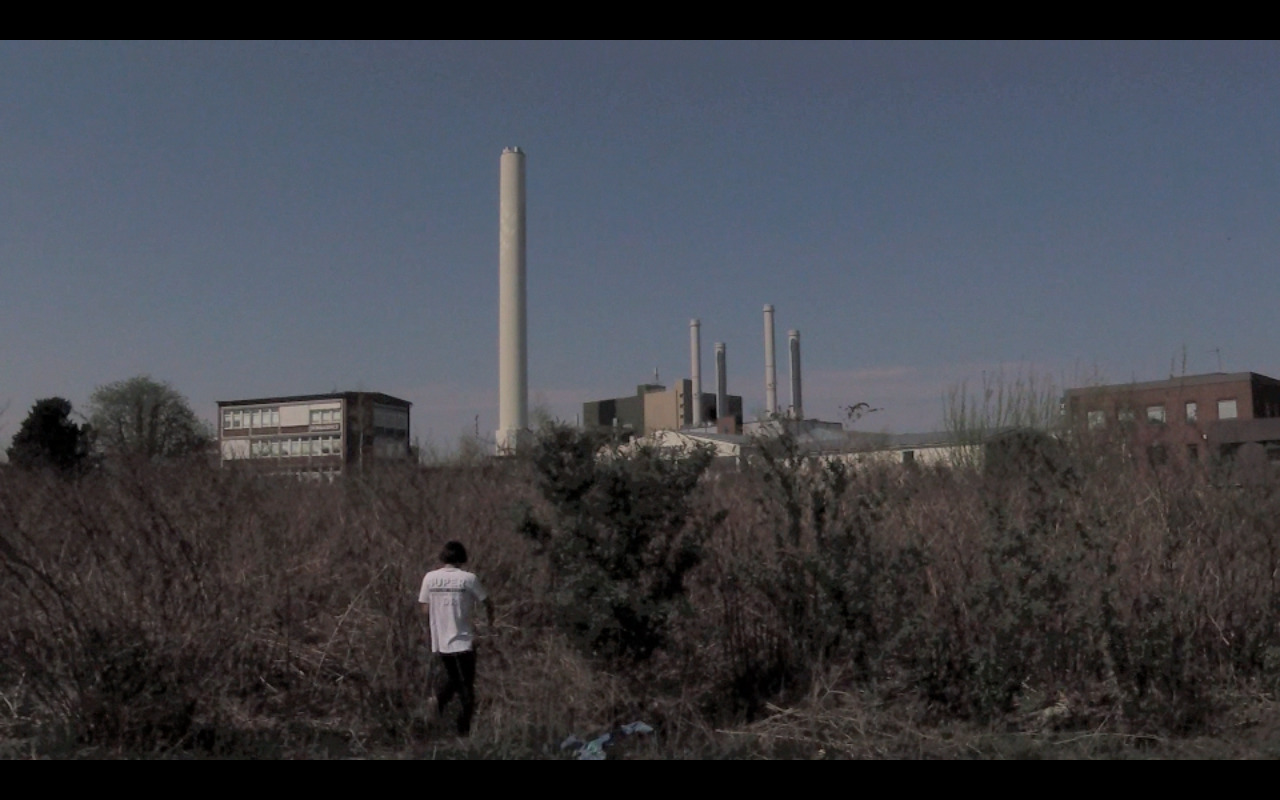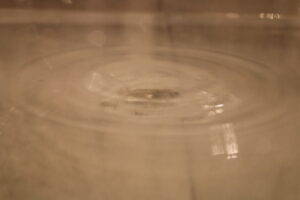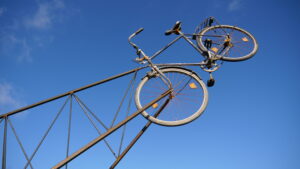Looking for a Coin

Looking for a Coin
2019
映像作品
In 2020, the entire world faced an emergency situation due to the coronavirus, leading to a reevaluation of national systems and existing structures. Within the EU, travel between nations was restricted to prevent the spread of infections, resulting in heightened awareness of borders and national systems. Each country continued to explore policies to prevent infection, leading to clearer delineations of borders and increased self-awareness.
In the midst of these changes, people began contemplating the nature of borders and existing rules. The design of the 1 euro coin used in the EU varies by manufacturing country, allowing users to identify the country of origin based on the stamped design. I conducted an experiment by throwing a 1 euro coin, manufactured in Germany and valued according to existing rules, into a meadow in Germany and attempting to locate it through my own actions and the passage of time.
The coin, once found, may acquire additional value based on the time and physical effort expended in the search, which cannot be measured by others and may transform into a value distinct from the common value shared within the EU.
2020年、全世界がコロナウィルスによって緊急事態に陥り、 国の制度や既存の体制が見直された。EU圏内では感染拡大を防ぐ為、国家間の往来が制限され国境や国の制度に対する意識が強まった。それぞれの国が感染を防ぐために政策を模索し続けた。 それにより国境が明確となり、自らの国を意識することが多くなった。 そんな中で国境とは何か、 既存のルールとは何かについて考え始めた。
EUで使われる1ユーロ硬貨のデザインは製造国によって異なり、 使用者は刻印されたデザインによって、 製造国を知ることが出来る。ドイツという国が製造し、 既存のルールによって価値付けられた1ユーロ硬貨を滞在するドイツの草むらに投げ、 自身の行為と時間によってそれを探し出す試みをした。 見つけ出した硬貨はEUで共通する価値とは別に探し出すまでに要した時間や体力による思いが付加され、 他者からは測る事の出来ない価値へと変化するかもしれない。

